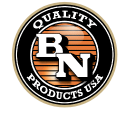What You Need To Know About Nail Guns

For the experienced and hardworking contractor, a nailing gun is a must have tool. It makes short work of tedious tasks like framing, roofing, and trim work, but you have to use it properly for good results. Fill in the gaps of your knowledge about nail guns so you know when to invest in one Read more…
Showcase: Three Tools for Efficient Construction

We’re excited to let you know that we have recently added an array of new tools to the BN Product family. We wanted to showcase a few of them below to not only show the diversity of the selection, but to also provide you with more tool ideas for your next construction project. AEROPRO RP17330 Read more…
How to Properly Sand Drywall

Hanging drywall is the most popular and common way to finish an interior room today. It seems simple enough to mount the sheets of drywall and seal the seams with tape and joint compound, but even the smallest mistakes ruin the smooth look. Joint compound is irritatingly easy to smudge, dent, scoop and gouge while Read more…
How to Use an Air Framing Nailer

There are four distinct benefits to this type of equipment: Speed: You can hang dozens of shingles in the same time it would take you to complete one or two with a hammer. Reliability: The toughest brands handle falling off roofs and long days of continuous use without giving up. Safety: When used correctly, a Read more…
What Different Types of Concrete Consists of

To the average person, concrete is all one hard and gray material. Despite what it might look like on the outside, different types of concrete actually vary greatly due to the ingredients and mixing methods used to create them. There are dozens of different types of specialty concrete, but most home and garden projects require just Read more…
How to Remove Stubborn Rebar Stakes
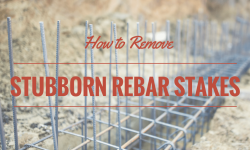
Many projects, such as an old farm or an old or abandoned home site, generally require a lot of cleaning up. However, you’ll need to do quite of bit of reclaiming before you can move in or begin new construction. Learn how to handle leftover pieces of rebar stakes sticking out of the ground or Read more…
A Few Thoughts About Creating Concrete Countertops

Revised by BN Products USA™, November 2020 Are you tired of countertops that end up marked with black rings when you set down a hot pot? Get a tough kitchen surface smooth enough for mixing dough on by installing concrete counter tops. These cabinet toppers rely on the strength of concrete to give them longevity Read more…
A Detailed Look at Today’s Concrete Aggregates
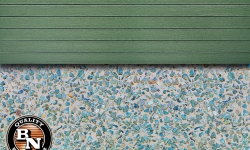
The versatility, durability, and cost of concrete has made it the man-made material most widely used today. Concrete is made from Portland cement and water, which forms a thick slurry that forms tiny crystalline structures as it cures. Rocks and other stable materials get tossed into the blend while the mixing paddle drill spins, and Read more…
Installing Overlay Cement Finishes
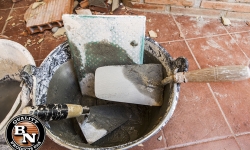
While modern concrete has been in use for a couple of centuries, the ancient Romans built seaports using a type of cement made from lime and volcanic ash approximately two millennia ago. In many ways, say the experts, their mix was superior and withstood the test of time better than modern-day materials, particularly when subjected Read more…
3 Ways to Prepare a Floor for Finishing
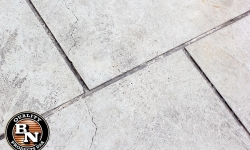
Preparing a floor for refinishing can be as simple as sweeping up the dust and scrubbing the surface. Or . . . It may be obvious, but there are two — at least, two — variables: What the existing surface is and what condition it is in. The second consideration is what you envision as Read more…

